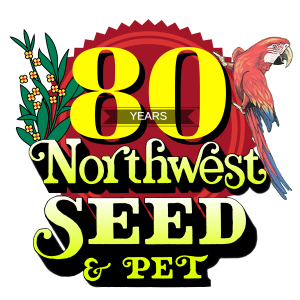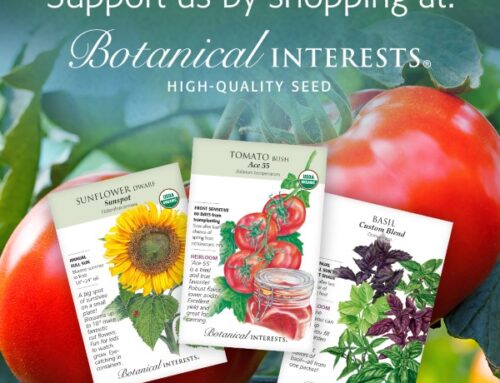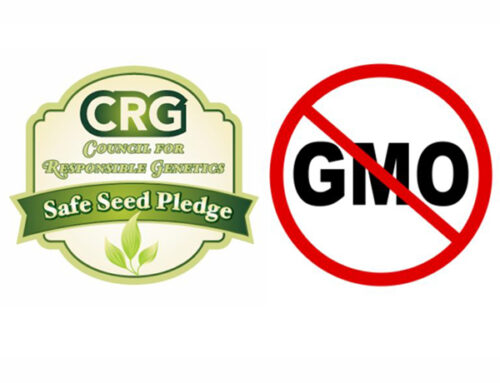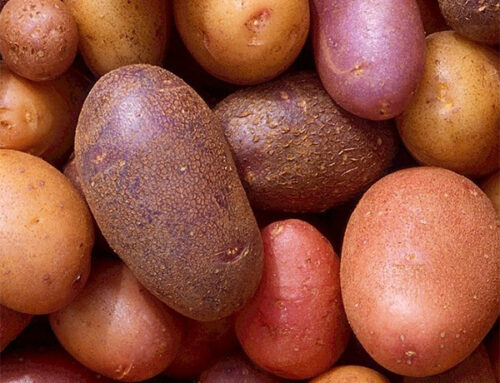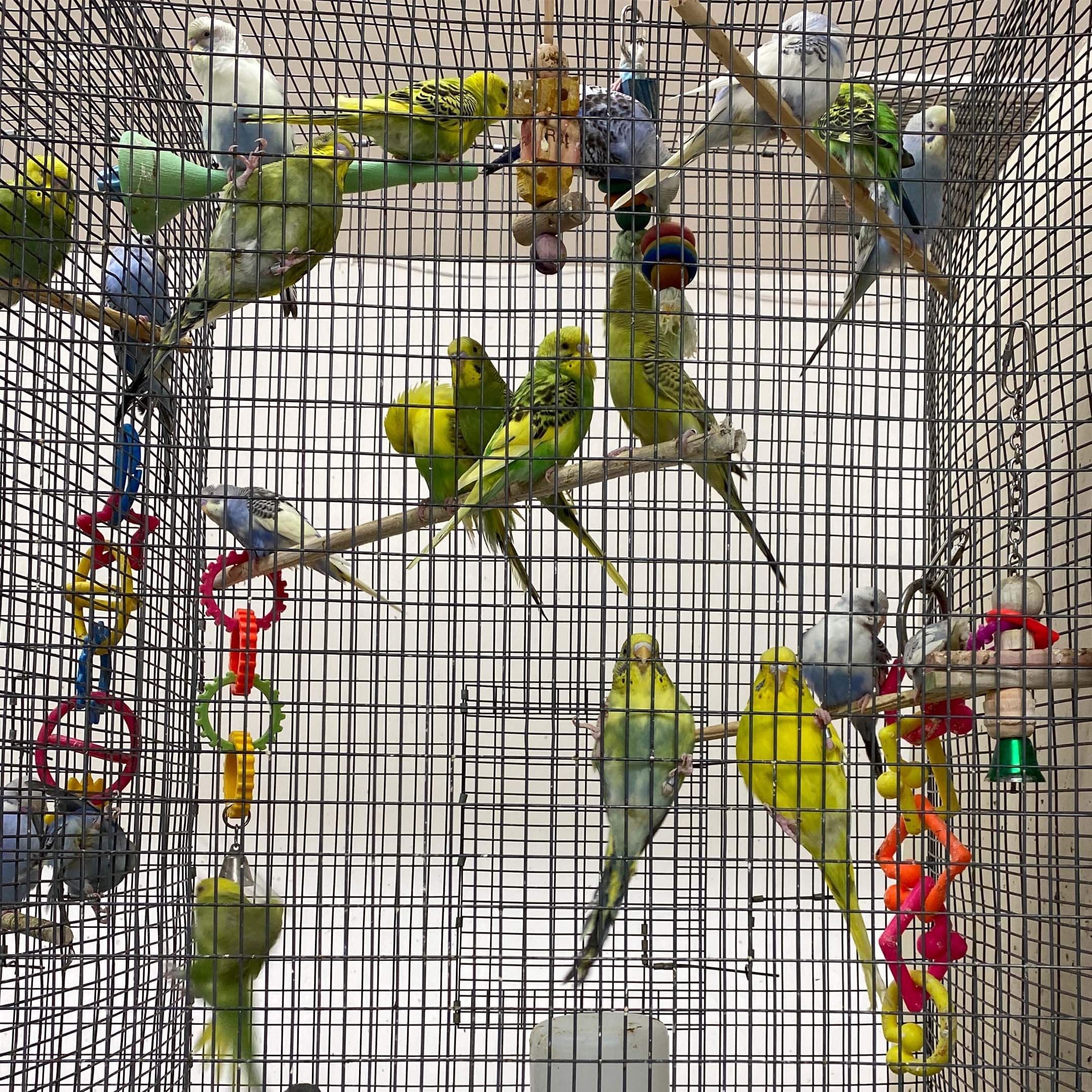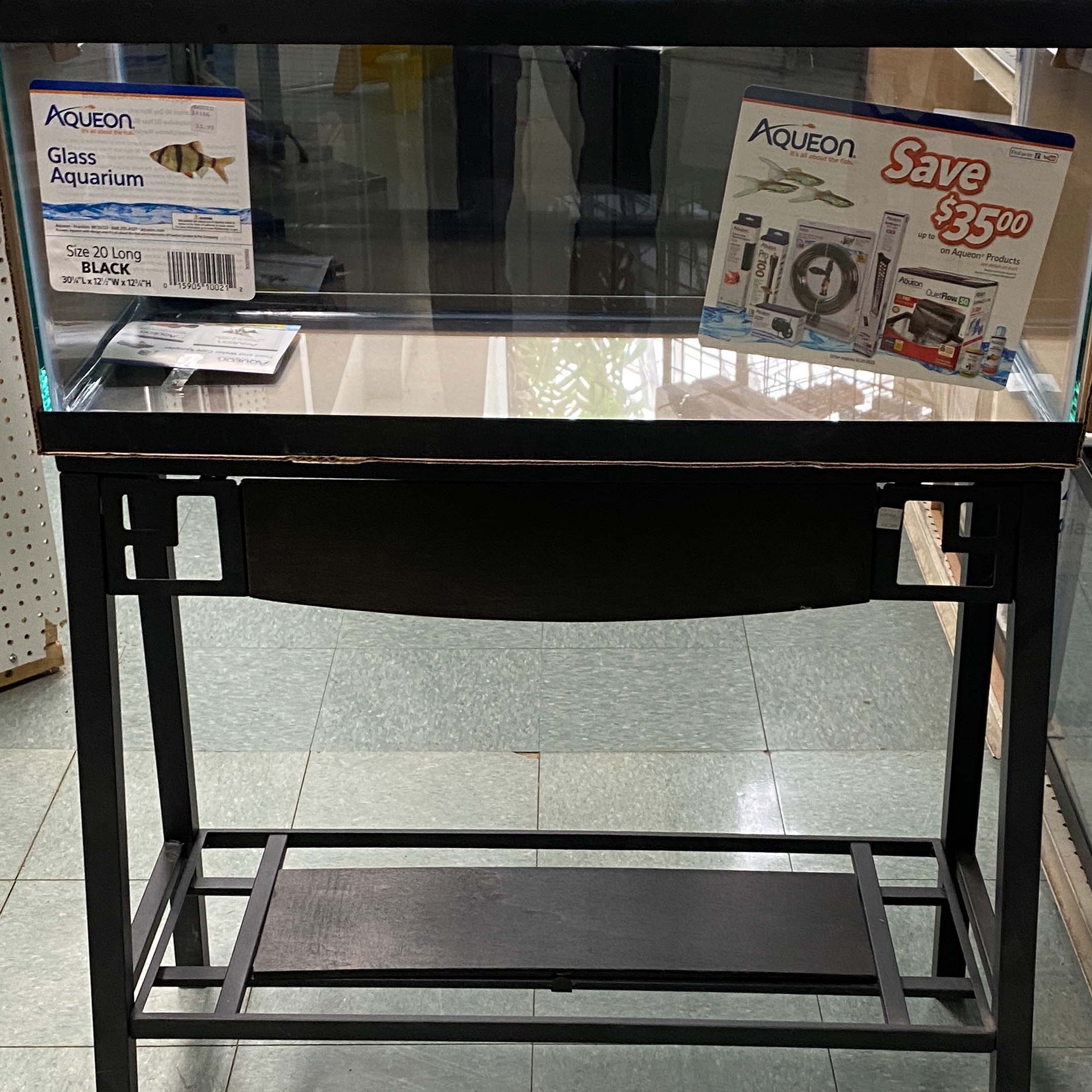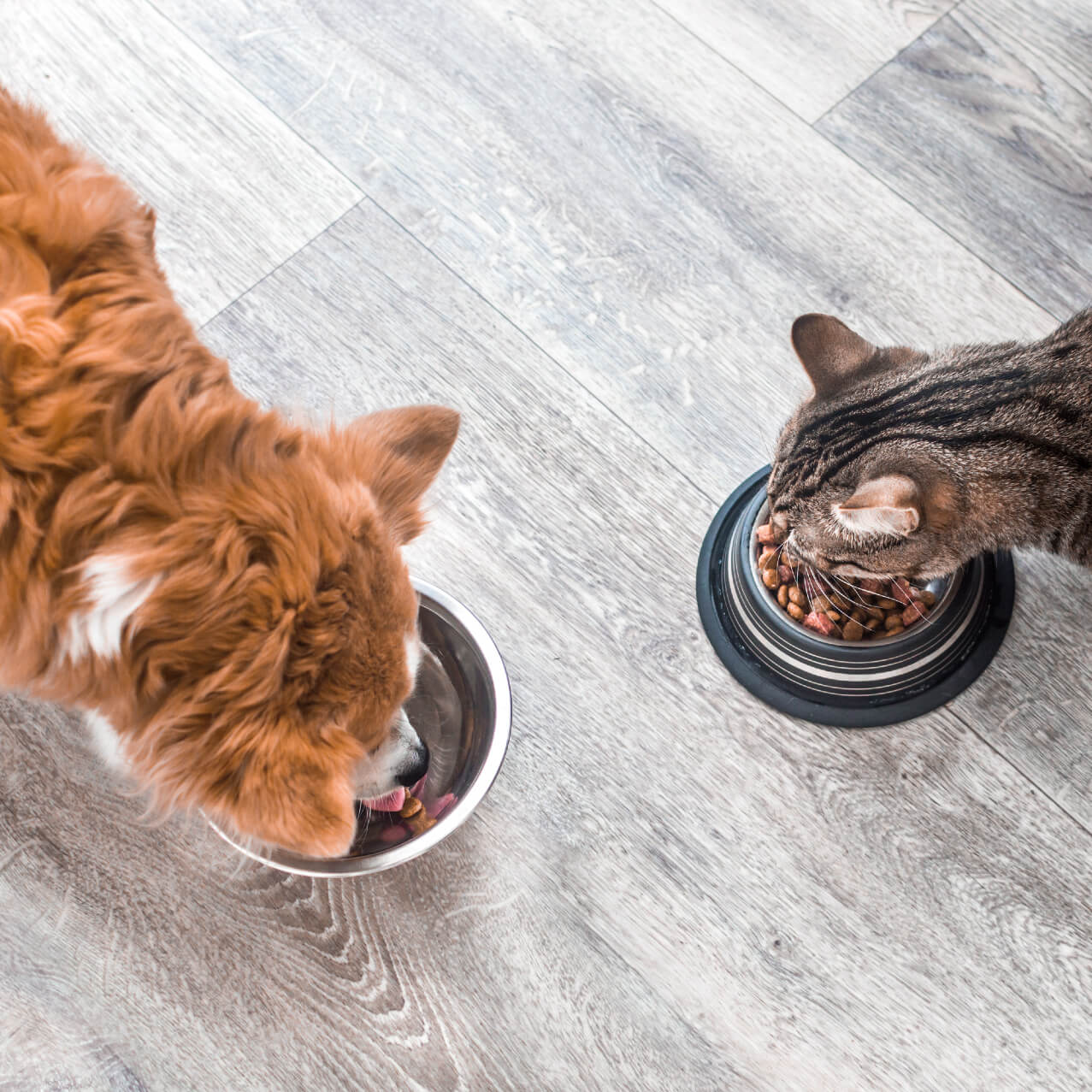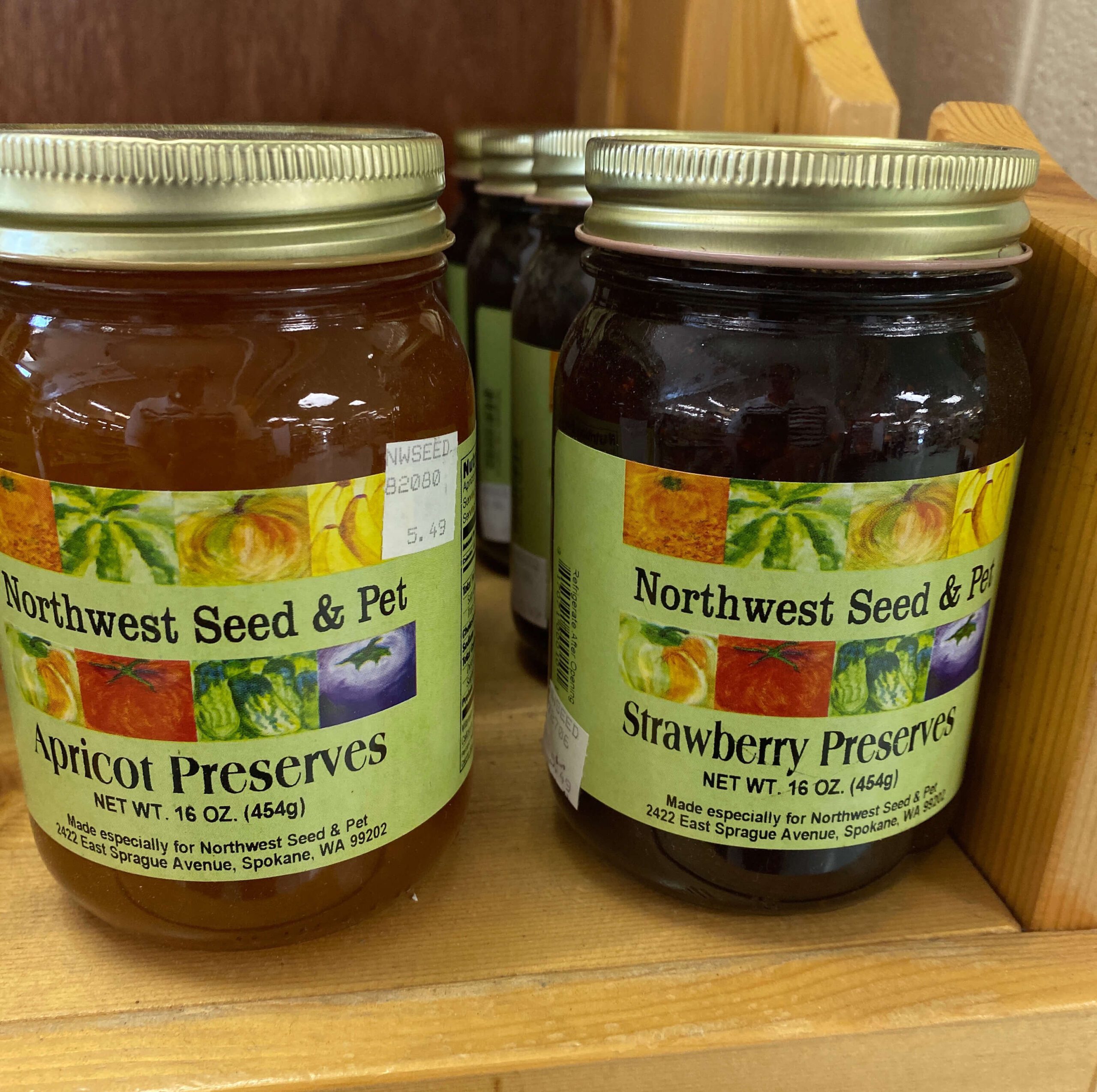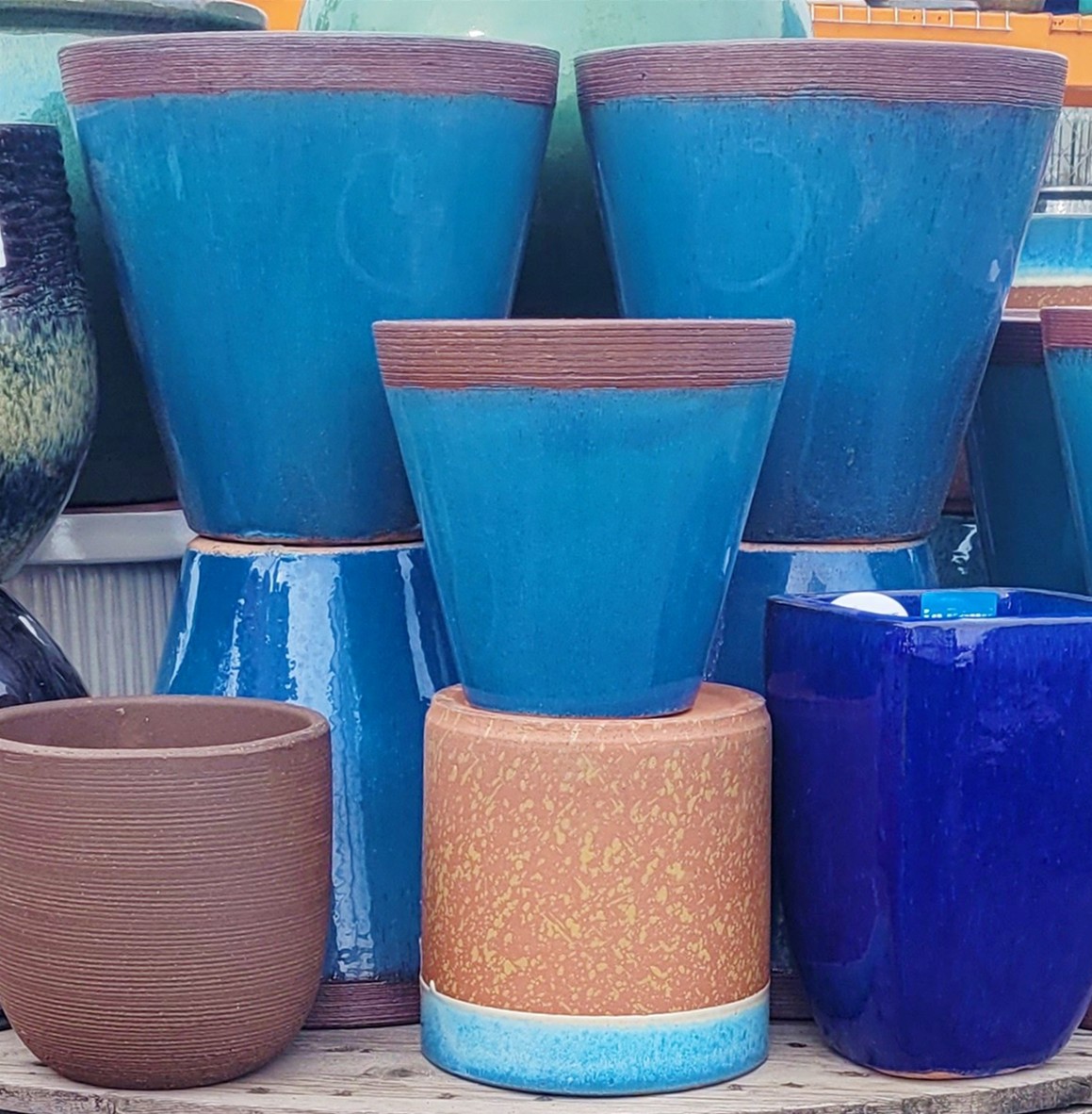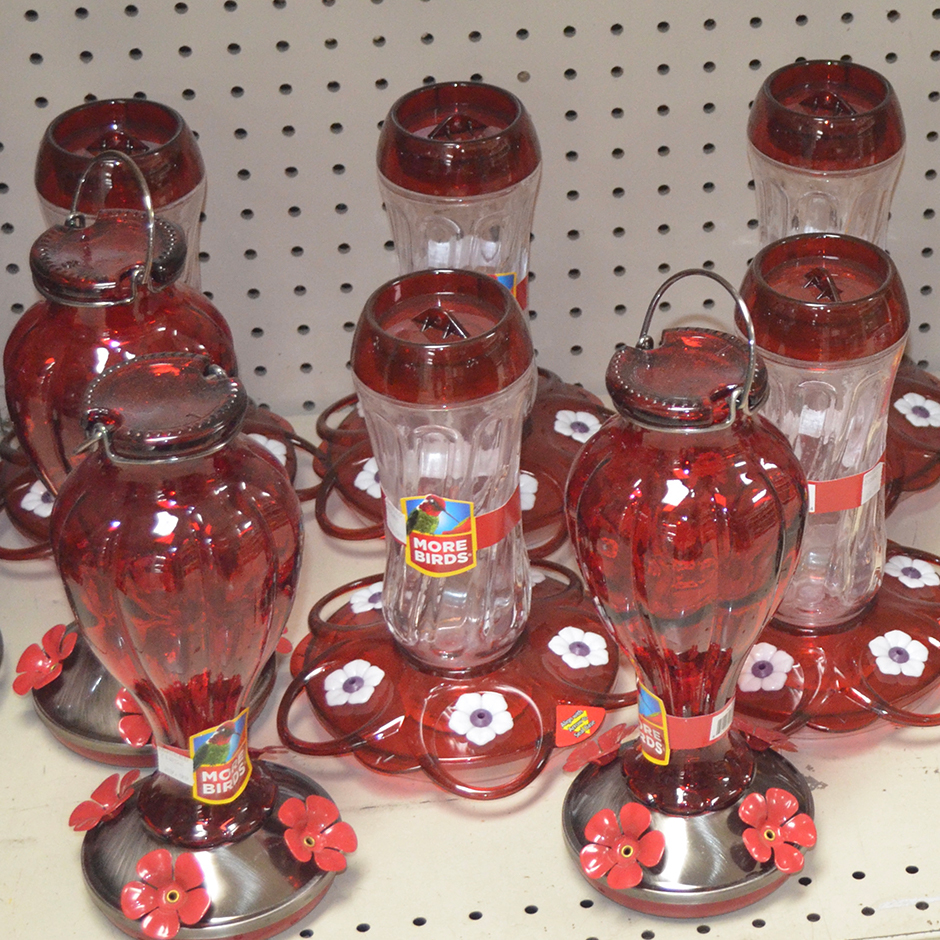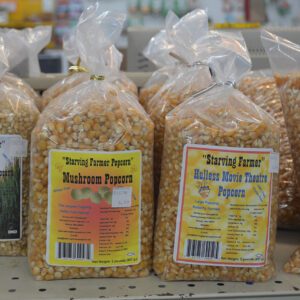Answers to the 10 Most-Asked Questions About Fertilizers and Fertilizing
What do the three numbers on the front of the bag mean? The three numbers are the percent by weight of nitrogen (N), phosphorus (P), and potassium (K) inside the bag. These three nutrients are needed by all plants and they’re always listed in the same order. –N-P-K– on any box or bag of fertilizer.
What does slow-release nitrogen do? Nitrogen is the nutrient responsible for growth and greenness in plants. Quick-release nitrogen goes to work right away. But slow-release (also called “slowly available”) nitrogen feeds your plants for a long time. By combining quick- and slow-release nitrogen, plants can be “spoon fed” just the right amount. The payoff: You don’t have to fertilize as often!
How much slow-release nitrogen is in this bag of fertilizer? To find out what percentage of the total nitrogen in a fertilizer is slow-release, just look on the label for “Guaranteed Fertilizer Analysis”. Beneath the percent total nitrogen, you’ll find the percent slow-release nitrogen.
To compare the amounts of slow-release N in different brands of fertilizer, do this simple calculation:
BRAND A: If there is 21% total N in the bag and 5.2% is slow-release N, then (5.2 ÷ 21) x 100 = 20%. That is, 25% of the nitrogen is “slow-release”.
BRAND B: If there is 27% total N in the bag and 4.1% is slow-release N, then (4.1 ÷ 27) x 100 = 15%. That is, 15% of the nitrogen is “slow-release”.
Slow-release nitrogen is expensive. Beware of fertilizers containing little slow-release N. They may last only a very short time! If BRAND A and B, in the example shown above, are priced the same BRAND A is the better value.
Why isn’t there one fertilizer that I can use on my lawn, in the vegetable garden and around my trees? Not all plants have the same needs for nutrients. Established lawns and trees require more nitrogen than phosphorus or potassium. but flowering plants, fruits and vegetables generally need more phosphorus than nitrogen or potassium. Northwest Seed & Pet offers a full line of custom-blended fertilizers for everything from new lawns to towering evergreens.
When should I fertilize my rhododendrons and azaleas? Fertilize rhododendrons and azaleas with Lilly/Miller® Azalea, Camellia and Rhododendron Food or Lilly/Miller®
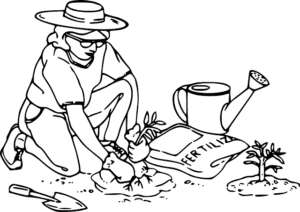
PublicDomainPictures / Pixabay
Rhododendron and Evergreen Food when growth begins (February or March) and again after blooming.
How often should I fertilize my lawn? If you don’t like to mow and you’re not trying to have the prettiest lawn in the neighborhood, fertilize just twice a year. For a “showplace” lawn, fertilize four or five times a year. There’s a simple rule for when you should fertilize: One-half of the applications go down in the spring and the other half go down in the fall. Try not to fertilize in the summer when a spurt of top-growth can weaken your lawn.
When should I apply a pre-emergent to prevent crabgrass in my lawn? The best time to apply any crabgrass preventer is in early spring before weed seeds germinate. Apply Ultragreen® Crabgrass Control and Lawn Food when the soil temperature (not the air) reaches 50 to 55°F. Or if you don’t have a thermometer, just keep an eye on the forsythia in your neighborhood and apply crabgrass preventer just as they start to bloom.
What can I do to make sure I get the best possible results when fertilizing? Ultragreen® Weed & Feed kills dandelions, plantains and many other common broadleaf weeds while feeding your lawn. To get the best results, just follow these four easy steps: 1) Don’t mow your lawn for a few days so weeds can grow enough leaves to catch the weed killer granules; 2) If your lawn is dry, water it thoroughly the day before application; 3) Just before spreading Ultragreen® Weed & Feed, lightly water the lawn again to help the weed killer granules cling to weed leaves; and 4) After spreading the product, wait 24 hours before watering your lawn to let the weeds absorb the weed killer.
What’s “lime” and when do I use it? Lime — finely crushed limestone — makes soil less acidic. (To find out if your soil is acidic, have it tested. Your local Extension Service office can tell you how, or we can test a soil sample for pH at any of our stores.) Spread lime in the fall so winter rain and snow can wash it into the soil. By liming your lawn and vegetable garden once a year, you’ll improve drainage through heavy clay soils and also make nutrients more available to plants. but don’t put lime around acid-loving plants like azaleas, rhododendrons, and blueberries. Applying lime is usually only necessary in climates that receive considerable amounts of rain.
My rose bushes have pale yellow leaves. What can I do to make them look better? If your rose bushes aren’t diseased, the yellowing is probably caused by iron-poor soil. (Iron is often in short-supply in alkaline soils found throughout the drier western states…and next to any home’s concrete foundation.) To turn yellow leaves green again, sprinkle Lilly/Miller® Iron Plus Chelate around the base of the bushes. Or for even faster greening, spray the leaves with a solution of Lilly/Miller® Liquid Iron & Zinc Plus Chelate.
